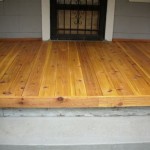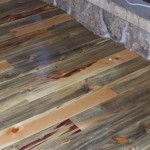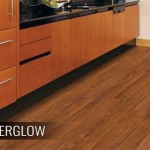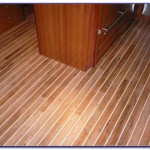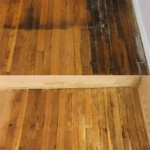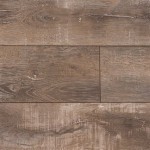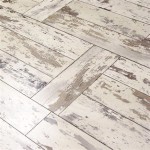Laying Engineered Wood Flooring Over Joists: Essential Considerations
Installing engineered wood flooring over joists involves careful planning and execution to ensure a long-lasting and visually appealing result. Here are some essential aspects to consider when undertaking this project:
1. Subfloor Preparation
A sturdy and level subfloor is crucial for supporting the engineered wood flooring. Ensure the joists are spaced no more than 16 inches apart. If they are too wide apart, install additional joists to provide adequate support. The subfloor should be flat, dry, and free from any irregularities. If necessary, use plywood or backer boards to create a smooth and level surface.
2. Underlayment Installation
Underlayment provides a barrier against moisture, reduces noise, and enhances the overall comfort of the flooring. Choose an underlayment designed for engineered wood flooring and follow the manufacturer's instructions for proper installation. Overlap the underlayment by at least 2 inches and use a utility knife to trim any excess around the edges.
3. Expansion Gaps
Engineered wood flooring expands and contracts with changes in humidity. To accommodate this movement, leave a gap of 1/4 inch around the perimeter of the room and between any obstacles, such as walls, cabinets, or columns. Use spacers or wedges to maintain the gaps during installation and remove them once the flooring is complete.
4. Acclimation
Before laying the engineered wood flooring, allow the planks to acclimate to the room's temperature and humidity conditions for at least 48 hours. This process helps minimize expansion and contraction issues later on. Stack the planks on pallets or spacers to allow for proper air circulation. Keep the room well-ventilated and avoid high temperature fluctuations.
5. Adhesive Selection
Engineered wood flooring is typically installed using either a tongue-and-groove system or adhesive. If using adhesive, choose a product specifically designed for engineered wood flooring and follow the manufacturer's instructions carefully. Apply the adhesive to the subfloor or the back of the planks as directed and allow it to become tacky before laying the planks.
6. Installation Techniques
Start installing the engineered wood flooring in a corner of the room and work your way out. Stagger the joints between the planks to create a stronger and more stable floor. Use a rubber mallet and tapping block to ensure the planks are securely connected. For tongue-and-groove systems, make sure the tongue is fully inserted into the groove and use a pull bar if necessary. For glued-down installations, apply pressure to ensure good adhesion.
7. Trim and Finishing
Once the flooring is installed, trim it around the perimeter of the room and any obstacles using a jigsaw or a circular saw. Install baseboards, moldings, or quarter rounds to cover the expansion gaps and give the floor a finished appearance. Use a brad nailer to secure the trims and apply a small amount of caulk to seal any gaps.

How To Install Hardwood Floors Directly Over Joists Wood Floor Fitting

Fitting Wood Flooring Straight To Joists And Beyond Blog

Design Considerations In Engineered Wood Floor Systems Page 3 Of 4 Construction

Wood Flooring Blog Laying Oak Onto Joists Peak

Floor Fitting Freshwoods Experts In Timber Flooring

How To Fit Wood Flooring Onto Joists Ambience Hardwood

Engineered Floor Joists Which Are Best For Your Triforce Open Joist

How To Lay An Engineered Oak Floor On Joists

How To Install Hardwood Floors Directly Over Joists Wood Floor Fitting

What Is A Suspended Timber Floor Discount Flooring Depot Blog
Related Posts

